Archive
Lilly Joss
- Lilly
- Joss
Lilly Joseph
Lilly Joss-Reich- 28-06-1911
- Vienna (AT)
- 31-03-2006
- New York City (US)
- Photographer
Lilly Joss was an émigré freelance photographer in New York. She worked for the Black Star photo agency and magazines and was also a portrait and theatre photographer.
Word Count: 28
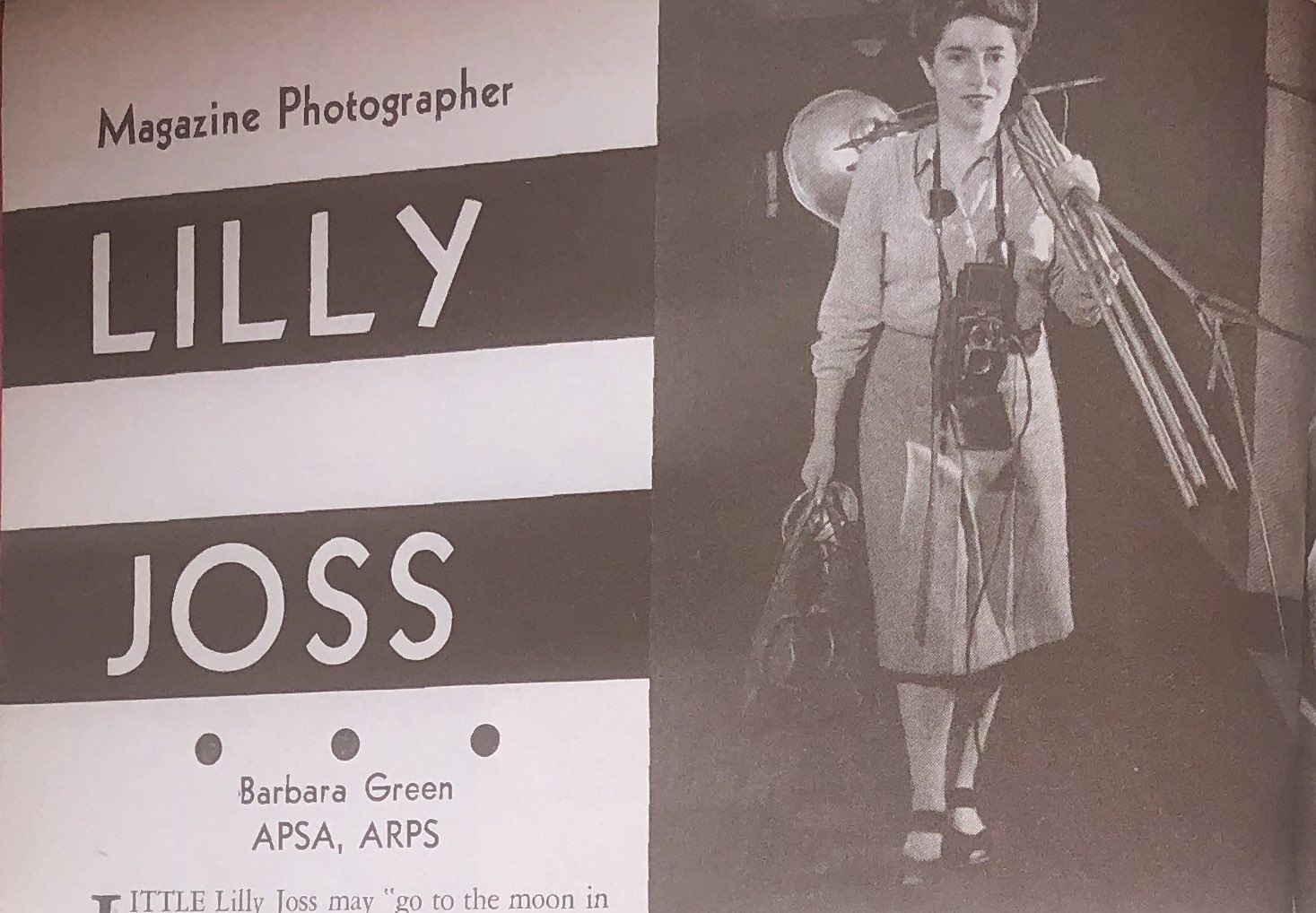
Portrait of Lilly Joss, detail from an article, published in Barbara Green. “Magazine Photographer Lilly Joss.” The Camera, March 1948, p. 42 (Private Archive Helene Roth). 
Frühling im Central Park series. Junges Paar mit Kinderwagen by Lilly Joss, New York, 1944 (© Wien Museum / kunstdokumentation.com). 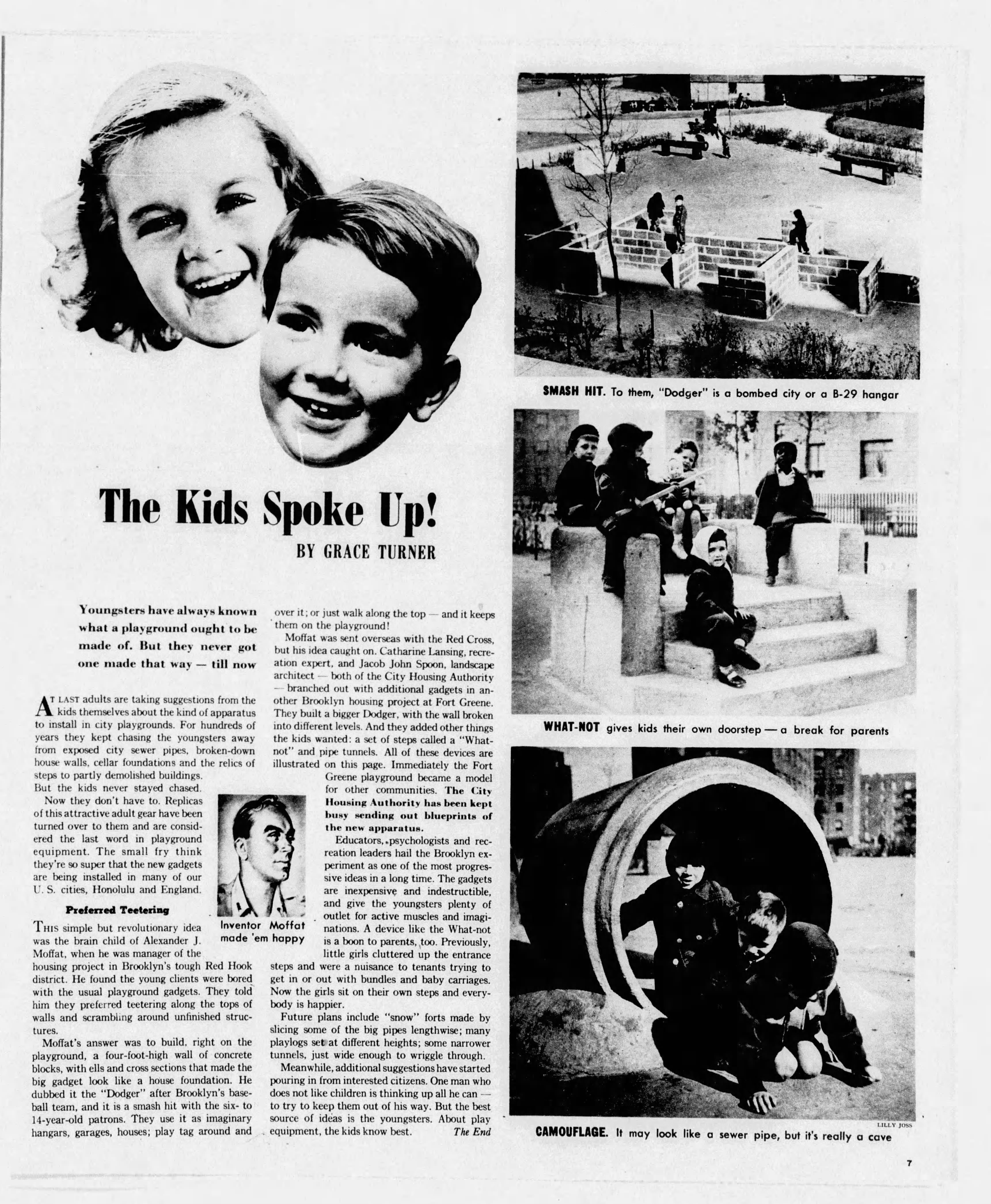
“The Kid’s spoke up” article with images by Lilly Joss, The Los Angeles Times, 4 February 1945, p. 79 (Photo: Helene Roth). 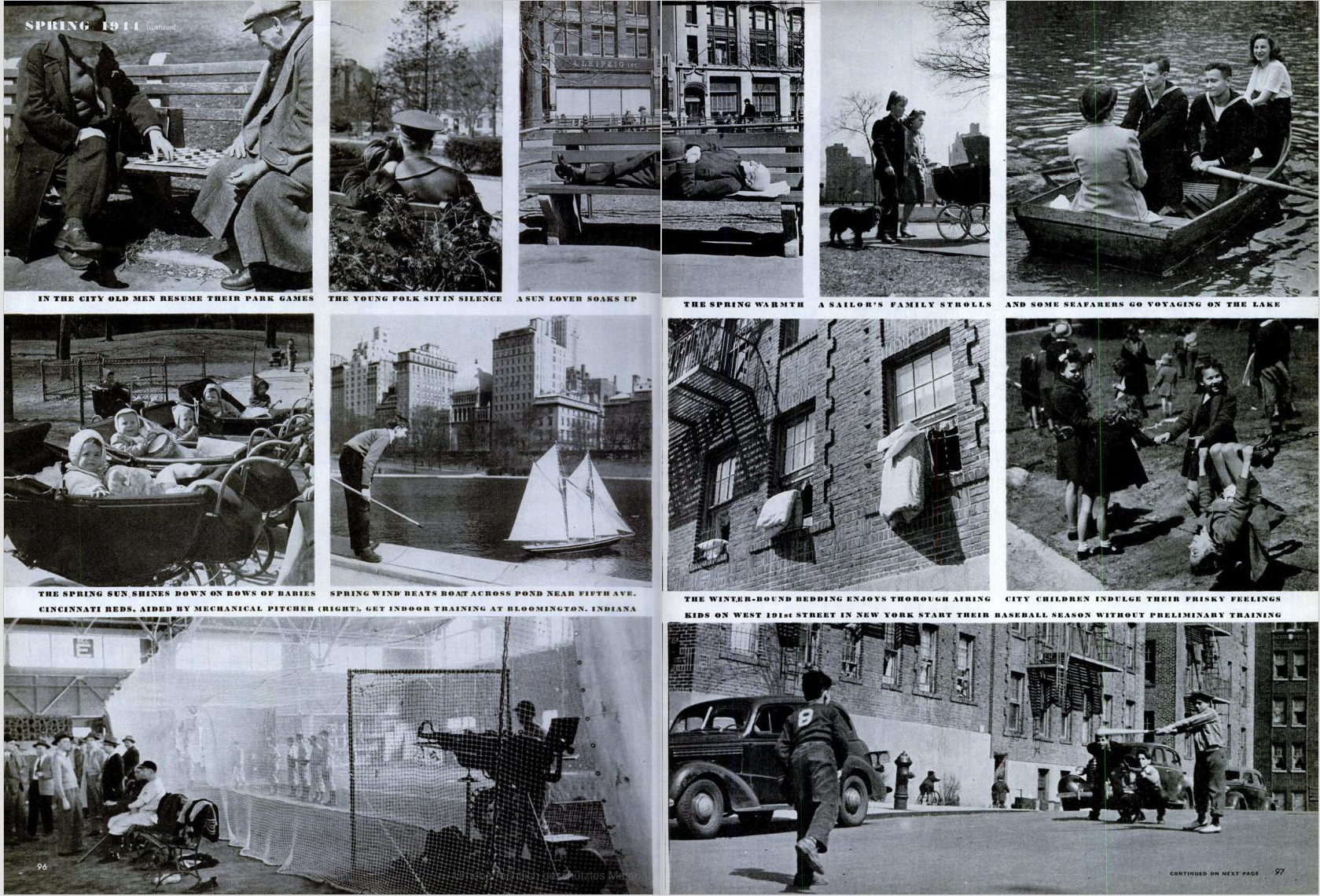
Four images by Lilly Joss for the “Spring 1944” reportage, Life 24 April 1944, pp. 96–97 (Photo: Helene Roth). 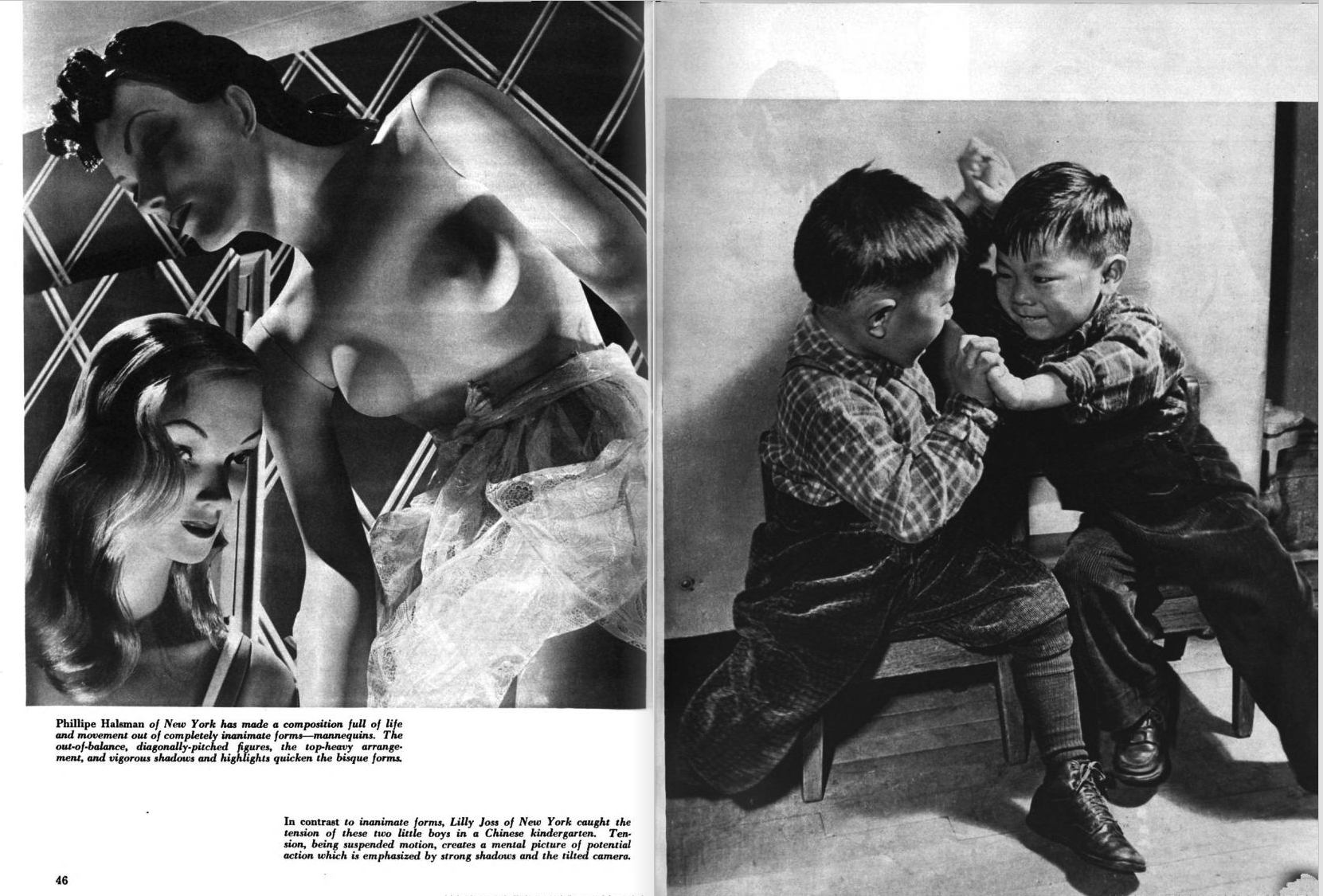
Two little boys in a Chinese kindergarten by Lilly Joss for the “Salon Section”, Popular Photography, March 1945, pp.46–47 (Photo: Helene Roth). 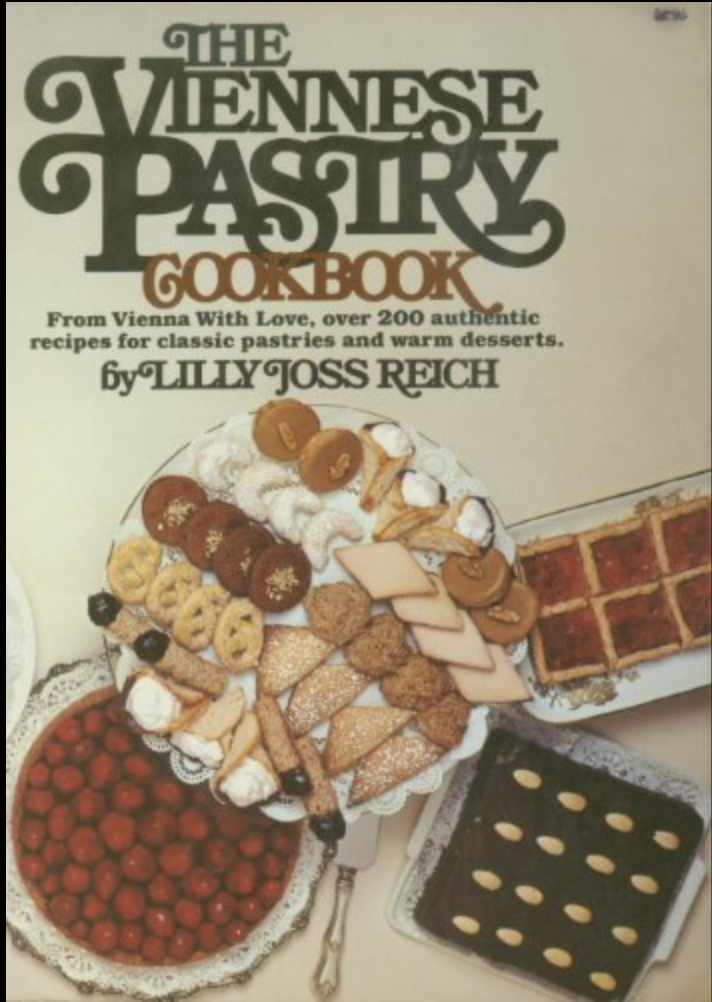
Joss Reich, Lilly. The Viennese Pastry Cookbook. From Vienna With Love over 200 authentic recipes for classic pastries and warm desserts. New York: The Macmillan Company, 1970. Anonymous. “St. Francis of Assisi reportage. The Story of Christ’s Great Imitator Is Brought to the US by Polish Refugees.” Life, 10 April 1944, p. 65
Anonymous. “Spring 1944.” Life, 24 April 1944, pp. 96f.
Anonymous. “War Wife. She and her baby son are waiting.” Life, 25 September 1944, pp. 75–76.
Anonymous. "Salon Section." Popular Photography, March 1945, p. 45–47.
Anonymous. “Dolls get treatment for fashion show.” The Star Weekly, 21 July 1945.
Displaced Visions. Émigré Photographers of the 20th Century, edited by Nissan N. Perez, exh. cat. The Israel Museum, Jerusalem, 2013.
Fernand Léger, edited by Carolyn Lanchner, exh. cat. Museum of Modern Art, New York, 1998.
Fischer-Westhauser, Ulla. “‘I have always been independent!’ Lilly Joss Reich – a Forgotten Jewish Woman Photographer.” Jubilee – 30 years of ESHPh. Congress of Photography in Vienna, edited by Anna Auer and Uwe Schlögl, Fotohof edition, 2008, pp. 262–271.
Green, Barbara. “Magazine Photographer Lilly Joss.” The Camera, March 1948, pp. 42–47; 140f.
Joss-Reich, Lilly. The Viennese Pastry Cookbook. From Vienna With Love. The Macmillan Company, 1970.
Kreutler, Frauke. „Lilly Joss Reich. Blitzlichter einer Karriere.“ Wien Museum Magazin, 13.01.2022.
Krohn, Claus-Dieter, editor. Exilforschung. Ein internationales Jahrbuch, vol. 21: Film und Fotografie. edition text + kritik, 2003.
Moderne auf der Flucht. Österreichische KünstlerInnen in Frankreich 1938–1945, edited by Andrea Winklbauer, exh. cat. Jüdisches Museum Wien, Vienna 2008.
Übersee. Flucht und Emigration österreichischer Fotografen 1920–1940, edited by Anna Auer, exh. cat. Kunsthalle Wien, Vienna 1997.
Turner, Grace. “The Kids spoke up.” The Los Angeles Times, 4 February 1945, p. 79.
Vienna’s shooting girls: Jüdische Fotografinnen aus Wien, edited by Iris Meder and Andrea Winklbauer, exh. cat. Jüdisches Museum Wien, Vienna, 2012.
Word Count: 249
My deepest thanks go to the Museum Wien and Frauke Kreutler for providing me with information and giving me the permission to use images by Lilly Joss Reich.
Word Count: 28
Casablanca, Morocco (1939–1941); New York, US (1941–2006).
875 West End Avenue, Bloomingdale, New York City (residence and studio, 1941–2006); 420 Lexington Avenue, Black Star Office, Midtown Manhattan, New York (workplace, 1941–?)
- New York
- Helene Roth. "Lilly Joss." METROMOD Archive, 2021, https://archive.metromod.net/viewer.p/69/2948/object/5138-10990264, last modified: 11-05-2022.
-
Walter SandersPhotographerNew York
Walter Sanders was a German émigré photographer. In 1938 he arrived in New York, where he worked from 1939 until the end of his life for the Black Star agency and, from 1944, for Life magazine.
Word Count: 33
Kurt SafranskiPicture AgentFounding MemberTeacherCartoonistPublisherIllustratorNew YorkKurt Safranski was one of the founding members of the Black Star photo agency, a teacher at the New School for Social Research and the author of photojournalistic articles and books.
Word Count: 31
Andreas FeiningerPhotographerWriterEditorNew YorkAndreas Feininger, was a German émigré photographer who arrived in New York with his wife Wysse Feininger in 1939. He started a lifelong career exploring the city's streets, working as a photojournalist and writing a large number of photography manuals.
Word Count: 39
Ruth BernhardPhotographerNew YorkRuth Bernhard was a German émigré photographer who lived in New York from the 1920s to the 1940s. Beside her series on female nudes, her place in the photography network, as well as in the New York queer scene, is unknown and understudied.
Word Count: 43
Erika StonePhotographerNew YorkErika Stone is a German émigré, who moved to New York with her parents and sister in December 1936, at the age of 12. She went on to carve out a career as photographer.
Word Count: 32
Lisette ModelPhotographerNew YorkLisette Model was an Austrian-born photographer who lived in New York with her husband Evsa Model after emigrating from France. Her street photographs capturing the curiosities of everyday life quickly caught the interest of museums and magazines.
Word Count: 37
Fred SteinPhotographerLawyerNew YorkAlways accompanied by his camera, the German émigré photographer Fred Stein discovered New York City during the 1940s and 1950s. His pictures provide an human and multifaceted view of the metropolis.
Word Count: 31
Charles LeirensPhotographerMusicianMusicologistNew YorkCharles Leirens was a Belgian-born musician and photographer who emigrated to New York in 1941. While publishing two books on Belgian music, he also gave courses in musicology and photography at the New School for Social Research.
Word Count: 36
Marion PalfiPhotographerNew YorkMarion Palfi was a German émigré photographer who lived in New York from the 1940s to the 1960s. Her photographic engagement in social and political topics made her name for her use of the camera to draw attention to social injustices.
Word Count: 41
Ruth JacobiPhotographerNew YorkRuth Jacobi was a German-speaking, Polish-born photographer who emigrated in 1935 to New York, where she opened a studio together with her sister Lotte Jacobi. She later had her own portrait studio.
Word Count: 31
Fritz HenlePhotographerNew YorkFritz Henle was a German Jewish photographer who emigrated in 1936 to New York, where he worked as a photojournalist for various magazines. He also published several photobooks of his travels throughout North America and Asia.
Word Count: 35
Kurt KornfeldPublisherPicture AgentFounding MemberNew YorkKurt Kornfeld was a publisher and literary agent and a founding member of the Black Star photo agency in New York City after his emigration in 1936 to New York.
Word Count: 29
Ernest MayerPicture AgentFounding MemberPublisherNew YorkErnest Mayer was co-founder of the Black Star Publishing Company photo agency, which built a network for émigré photographers and the American magazine scene from the mid-1930s until the end of the 1950s.
Word Count: 34
Ruth StaudingerPhotographerCinematographerArt dealerNew YorkVery few and only fragmentary details can be found on the German émigré photographer Ruth Staudinger, who emigrated in the mid-1930s to New York City. Her nomadic life was also characterisedd by several changes of name along the way.
Word Count: 40
Carola GregorPhotographerSculptorNew YorkThe German émigré photographer Carola Gregor was an animal and child photographer and published some of her work in magazines and books. Today her work and life are almost forgotten.
Word Count: 30
Rudy BurckhardtPhotographerFilmmakerPainterNew YorkRudy Burckhardt was a Swiss-born photographer, filmmaker and painter who emigrated from Basle to New York City in 1935. He was well networked within the emerging Abstract Expressionist art scene of 1940s' and 50s'.
Word Count: 33
T. Lux FeiningerPhotographerPainterNew YorkLux T. Feininger was a German-American émigré photographer and painter and the brother of the photographer Andreas Feininger, arriving in 1936 in New York. Although he started taking photographs during the 1920s in Germany, Feininger is better known for his career as a painter and his photographic work is largely unacknowledged.
Word Count: 50
Trude FleischmannPhotographerNew YorkTrude Fleischmann was an Austrian-Jewish portrait and dance photographer who emigrated in 1939 to New York, where she opened a studio in Midtown Manhattan with the photographer Frank Elmer.
Word Count: 28
Chinatown U.S.A.PhotobookNew YorkChinatown U.S.A. is a photobook published by the German émigré photographer Elizabeth Coleman in 1946 focusing on American-Chinese communities in New York and San Francisco.
Word Count: 26
Black Star AgencyPhoto AgencyNew YorkThe German émigrés Kurt S(z)afranski, Ern(e)st Mayer and Kurt Kornfeld founded Black Star in 1936. The photo agency established was a well-run networking institution in New York.
Word Count: 31
SpiratonePhoto SupplierNew YorkSpiratone was a photo company and photo supplier founded in 1941 by the Austrian émigré family Hans (1888–1944) and Paula Spira (?–?) and their son Fred Spira (1924–2007).
Word Count: 24
Hermann LandshoffPhotographerNew YorkBesides outdoor fashion shots, Hermann Landshoff was a portrait and street photographer. During his time in New York, he captured the cultural, artistic and intellectual émigré scene as well as his photographer colleagues.
Word Count: 33
Lotte JacobiPhotographerNew YorkIn October 1935 the German émigré photographer Lotte Jacobi, together with her sister Ruth Jacobi, opened a photo studio on 57th Street. The two sisters had to leave their parents' photo studio in Berlin in the 1930s and emigrated to New York.
Word Count: 41
Ellen AuerbachPhotographerNew YorkWhen she arrived in New York in 1937, the German-born photographer Ellen Auerbach (formerly Rosenberg) had already passed through exile stations in Palestine and Great Britain.
Word Count: 25
Gerda PeterichPhotographerNew YorkThe German émigré Gerda Peterich had a photographic studio at 332 West 56th Street and in New York, where she specialised in dance and portraiture. In addition, she visited dance studios and photographed outside in the city.
Word Count: 36